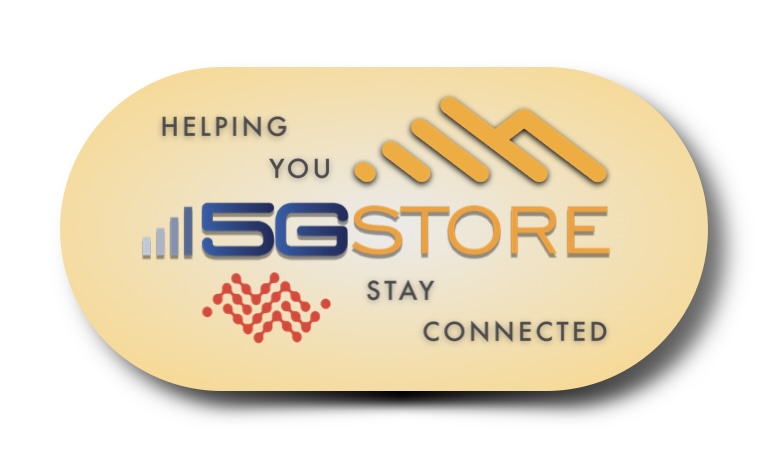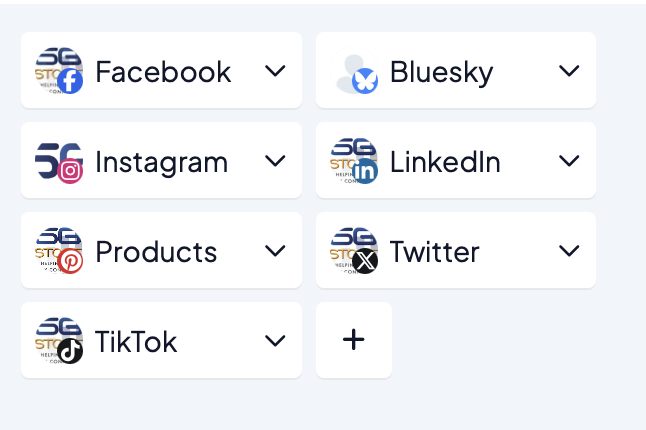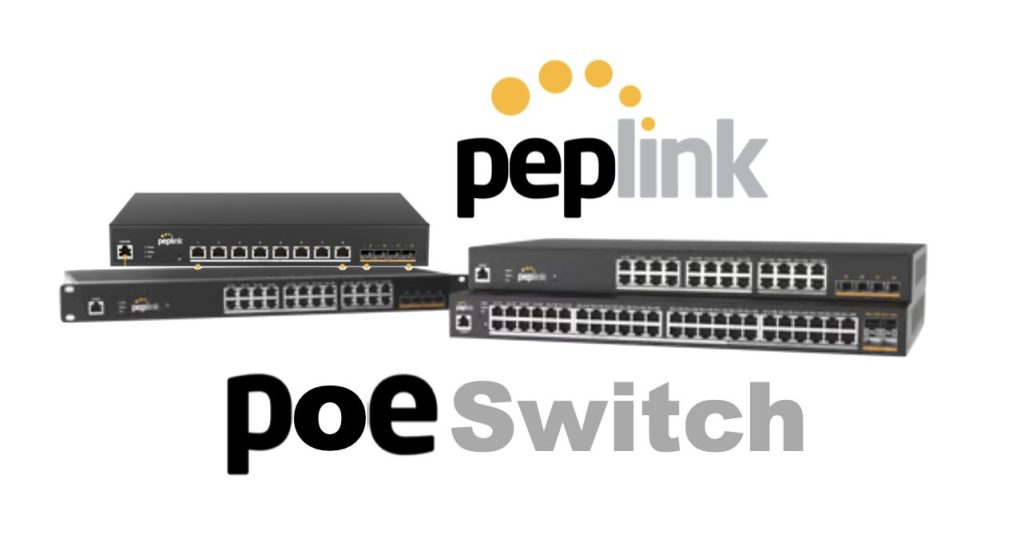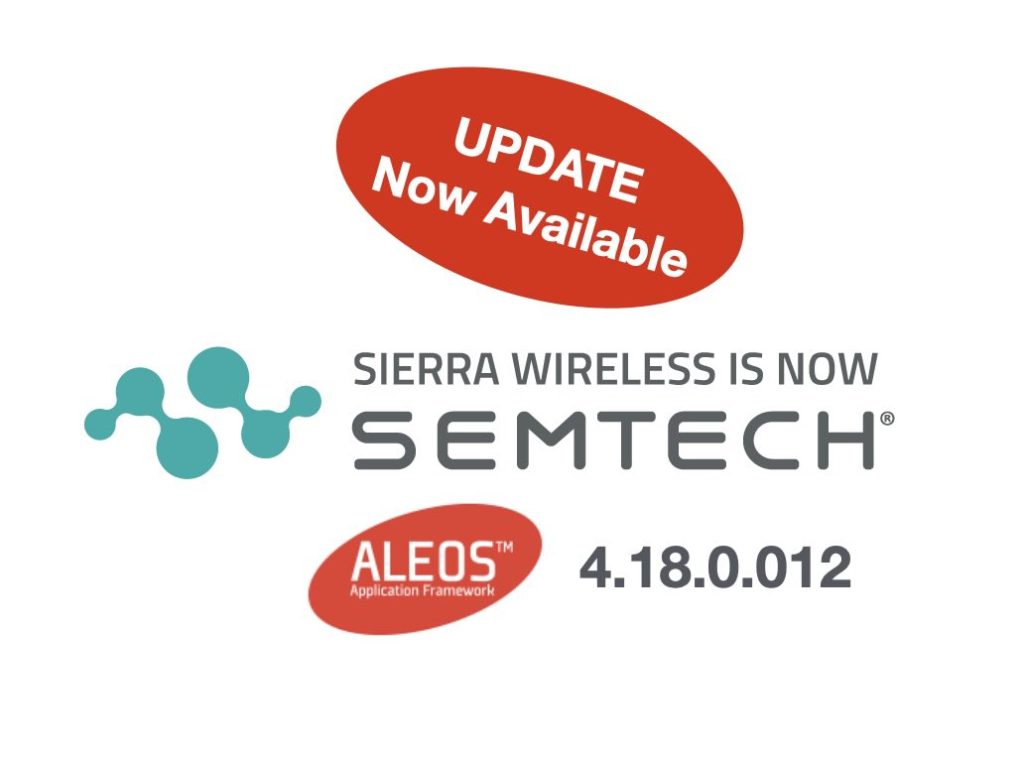In today’s fast-paced digital world, businesses require reliable, secure, and scalable connectivity solutions to stay competitive. As 5G adoption accelerates and IoT devices become more embedded in business operations, network management grows increasingly complex. Fortunately, CradlePoint routers are built to meet this challenge head-on. In this article, we’ll explore how CradlePoint routers are designed specifically for 5G and […]
Category: 5G
Why Peplink Routers are the Ultimate Solution for Reliable Connectivity
In a digital world where connectivity is king, having a reliable, scalable, and future-proof networking solution is no longer optional—it’s essential. Whether you’re managing a fleet of IoT devices, working remotely, or ensuring business continuity, Peplink routers stand out as the ultimate solution for reliable connectivity. Known for their robust design, advanced feature set, and […]
Top Features of Inseego Routers for High-Speed Internet
As the demand for reliable and high-speed internet continues to grow across homes and businesses alike, choosing the right 5G router has never been more important. Enter Inseego routers—a line of high-performance networking devices designed to deliver blazing-fast internet speeds, robust security, and plug-and-play simplicity. Whether you’re working from home, managing a fleet of devices in […]
Wireless News: 5Gstore Acquires Ericsson and Semtech Routers — Revives Iconic Cradlepoint & Sierra Wireless Brands
FOR IMMEDIATE RELEASEApril 1, 2025 5Gstore Acquires Ericsson and Semtech Routers — Revives Cradlepoint and Sierra Wireless Brands Crystal Lake, IL — In a bold move that has stunned the wireless industry, 5Gstore.com is proud to announce the acquisition of Ericsson’s router division and the simultaneous repurchase of Sierra Wireless from Semtech. In an effort […]
How 5Gstore.com Uses HopperHQ to Streamline Social Media Posting Across LinkedIn, Facebook, Instagram, BlueSky, Pinterest, Twitter, and TikTok
At 5Gstore.com, we know that staying connected with our customers and partners is more than just having great products — it’s about building relationships, sharing knowledge, and staying visible on all the platforms where our audience spends their time. With multiple social media platforms to manage, including LinkedIn, Facebook, Instagram, BlueSky, Pinterest, Twitter, and TikTok, finding […]
When the Booth Doesn’t Show Up: A Trade Show Nightmare with a Surprising Twist
We’ve all heard the phrase, “Hope for the best, prepare for the worst.” That sentiment rang especially true at this week’s Channel Partners Conference & Expo in Las Vegas, where two companies in our space faced what is arguably the worst-case scenario for any trade show exhibitor: Their booths didn’t show up. We’re not talking about missing […]
Teltonika Distributor – 5Gstore Adds To Portfolio (WOW)
At 5Gstore.com, we are proud to be an authorized Teltonika distributor, offering businesses and integrators access to cutting-edge IoT and industrial networking solutions. Teltonika Networks is a globally respected leader in reliable, secure, and easy-to-use devices designed for the most demanding applications. As a Teltonika distributor, 5Gstore makes it easy for you to source high-performance products backed […]
New Peplink PoE Switch Series – A Powerful Next-Gen Solution
Peplink has unveiled its next-generation PoE Switch lineup, replacing the previous SD Switch series with more powerful, scalable, and versatile options. Whether you’re managing a small network or rolling out a large enterprise solution, Peplink’s new PoE Switches deliver fast speeds, robust power budgets, and flexible management. Designed to handle increasing data demands and future-proof […]
Important Notice: Digi Price Increases Due to U.S. Tariffs
At 5Gstore, we pride ourselves on keeping our customers informed about changes that could affect purchasing decisions and budgets. As a valued partner and trusted source for networking solutions, we believe in complete transparency. With that in mind, we’d like to make you aware of an upcoming price increase from Digi International, a result of […]
Semtech ALEOS 4.18.0.012 Now Available for AirLink Routers: Includes APN Fix
Following our earlier urgent notice regarding ALEOS 4.18.0.011, we are pleased to report that Semtech has released ALEOS 4.18.0.012. This new release resolves the previously identified issues and is now recommended for all in-production ALEOS-powered AirLink® routers. Impacted and Supported Devices Key Highlights of ALEOS 4.18.0.012 Semtech emphasizes that the 4.18.0.012 release supersedes the previously […]










